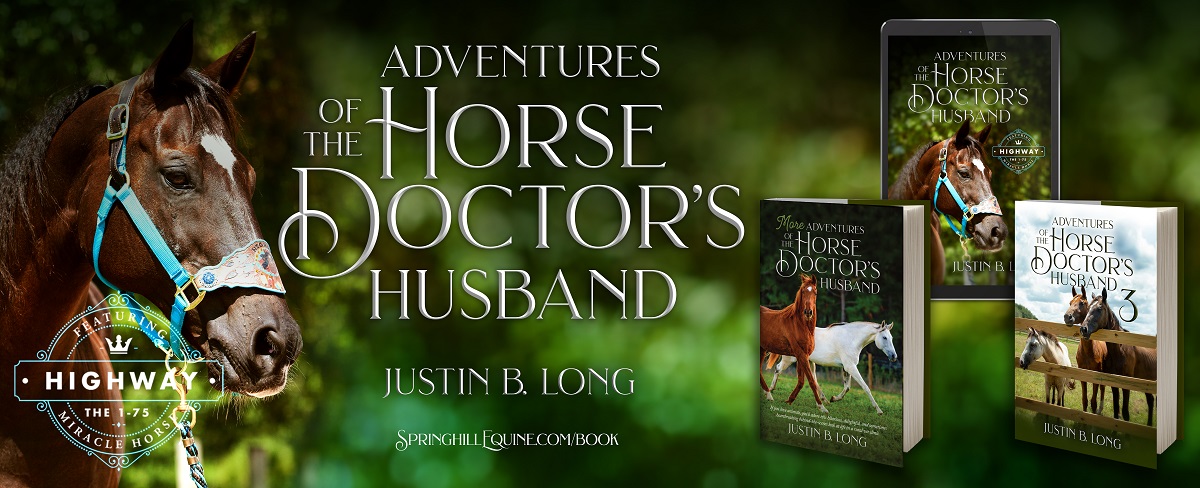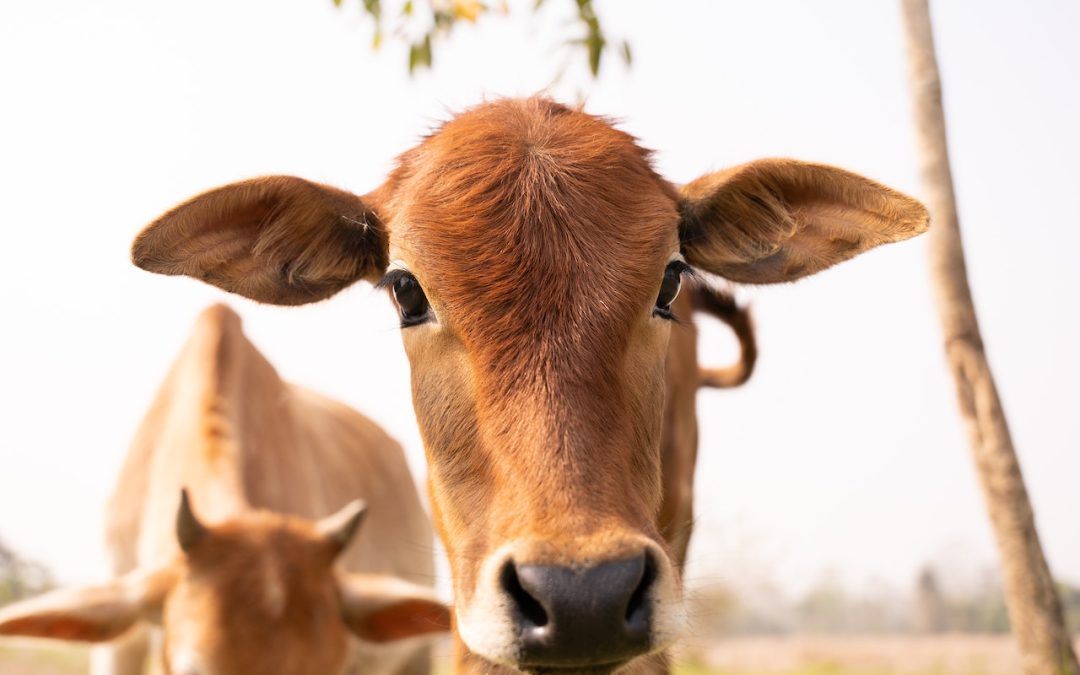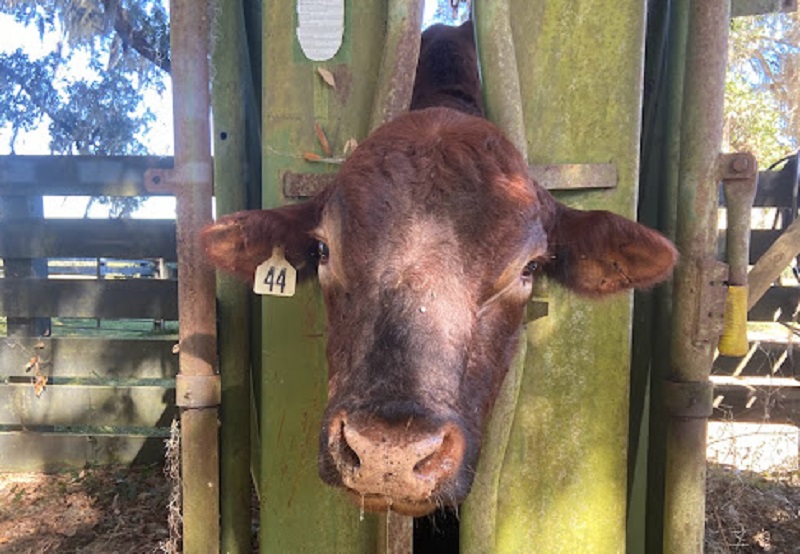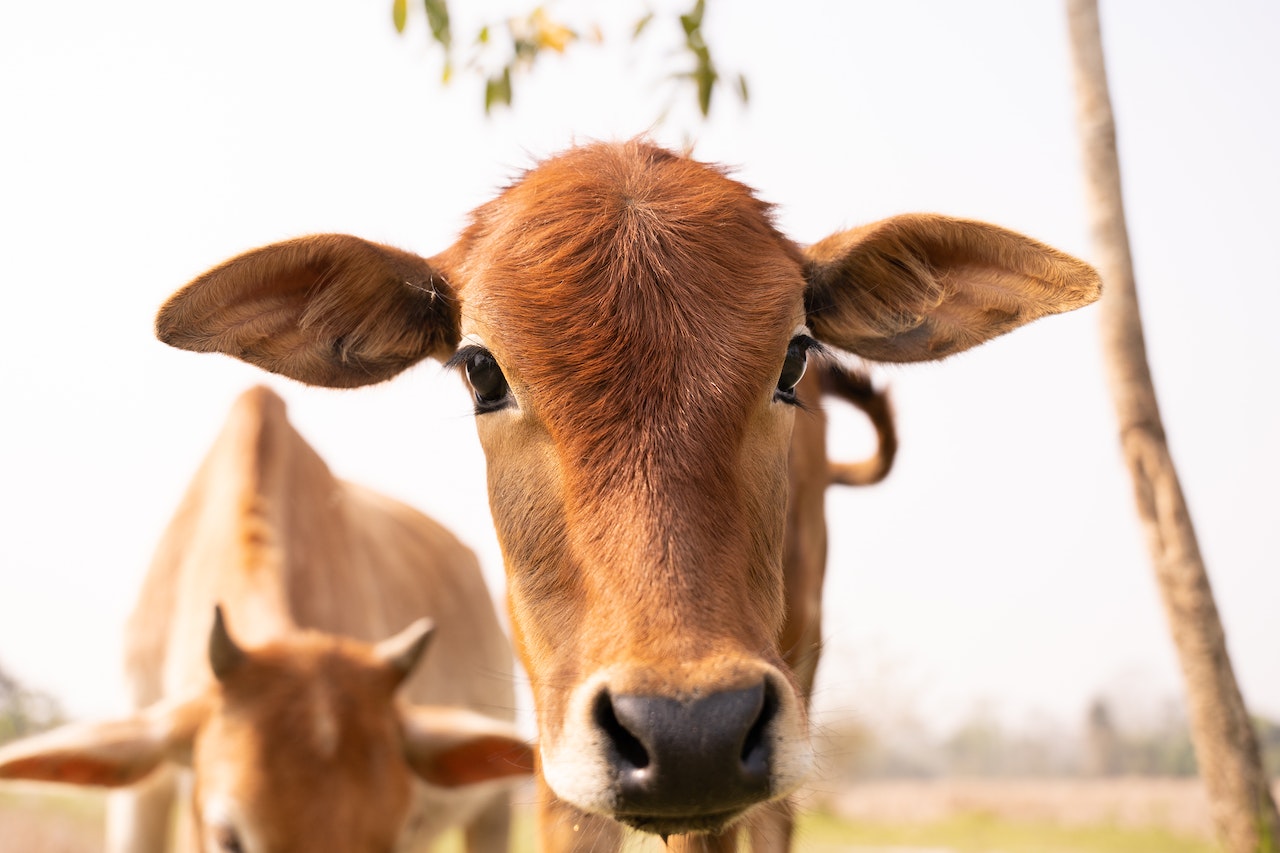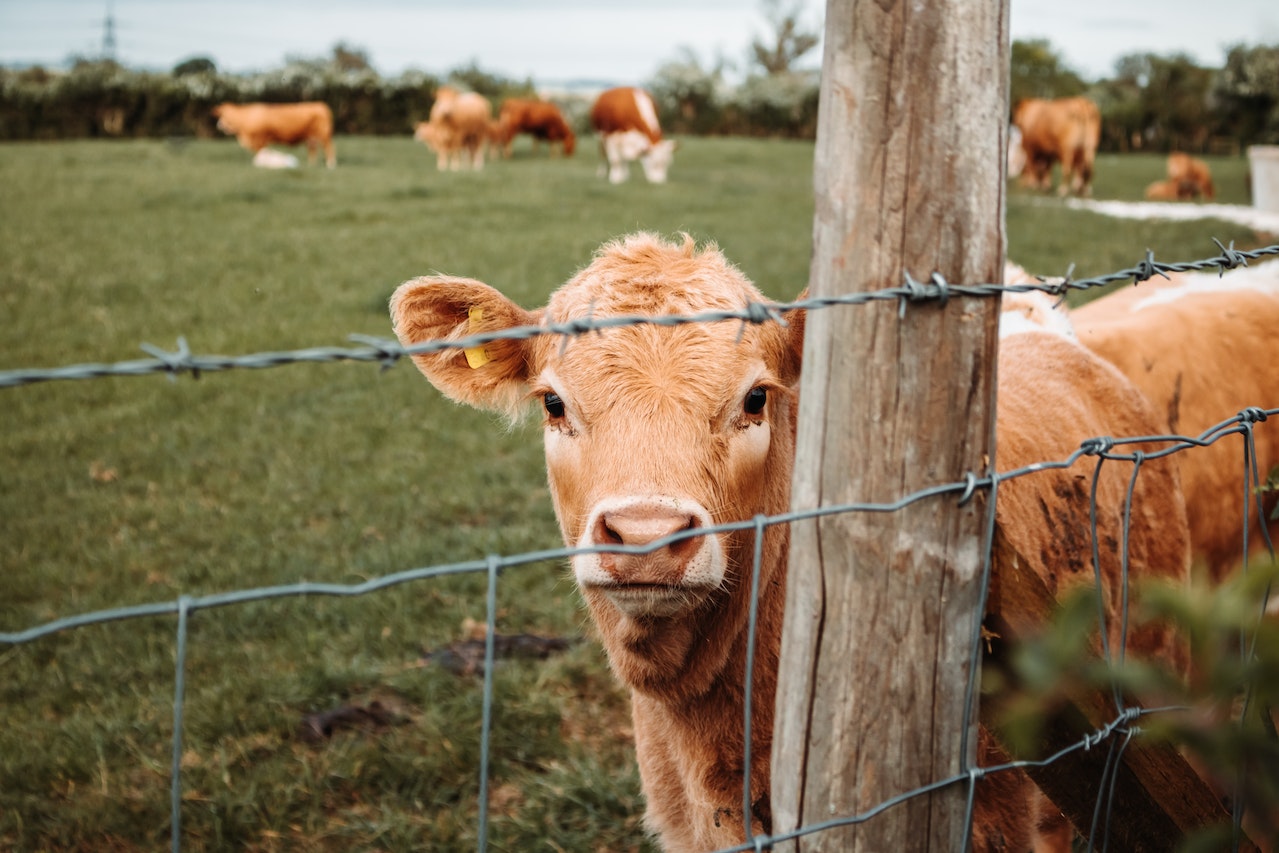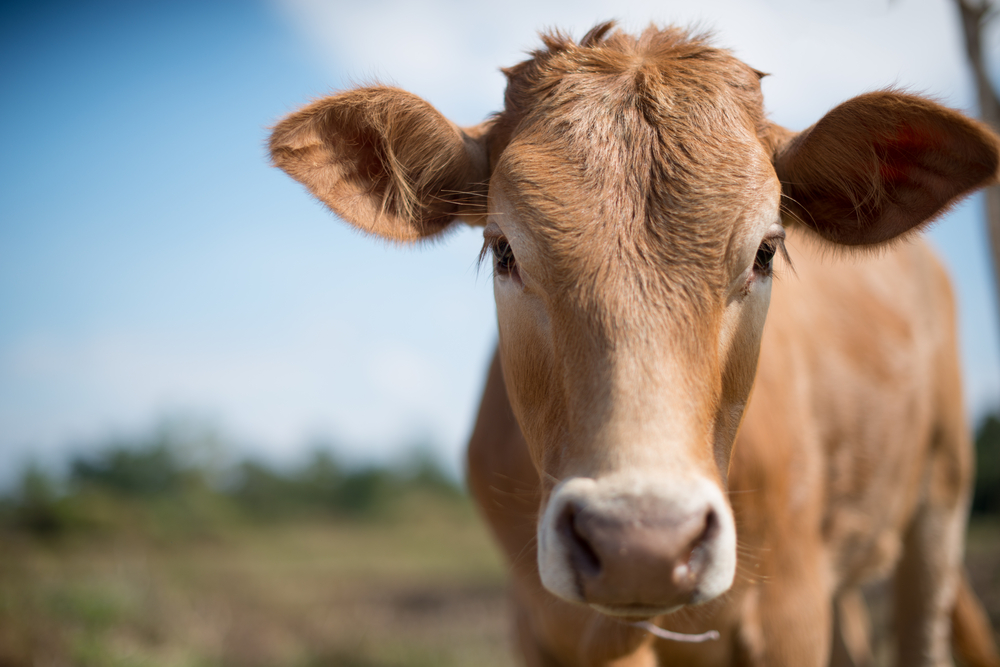
The Udderly Fantastic Guide to Pet Cows
Whinny’s Wisdoms

So, you’ve decided to expand your furry family with a couple of hooved companions? Whinny the clinic mouse here, ready to spill the hay on the ins and outs of acquiring, raising, and taking care of your very own pet cows. Take it from a very experienced clinic mouse: cows are no walk in the pasture. They demand attention, love, and a keen understanding of their unique needs. They are very large, potentially dangerous animals and should generally only be owned by humans with livestock experience. If you fit that bill, read on as we dig into the details and navigate the moos and groans of cow parenting!
Choosing Your Bovine Bestie
Before you dive headfirst into the world of cattle companionship, let’s discuss the fascinating array of cattle breeds. Whether it’s the docile Holstein or the hardy Angus, each breed comes with its own set of characteristics and challenges, and picking the right one can make all the difference in your pet-owning experience. Consider your available space, climate, and your own preferences when picking the perfect cow. Oh, and don’t forget about zoning regulations – your neighbors might not appreciate a surprise cow invasion.
- Holstein: The Gentle Giant
Known for their distinctive black-and-white markings, Holsteins are the heavyweights of the dairy world. Renowned for their docile nature, they’re excellent choices for experienced cattle families seeking a cuddly and milk-rich companion. However, keep in mind that they are very large and will require a lot of space.
- Angus: The Hardy Homesteader
If you’re looking for a sturdy and low-maintenance option, Angus cattle might fit the bill. With their black coats and robust build, these cattle thrive in various climates. Some members of this breed can be very calm and friendly, but personalities can vary!
- Hereford: The Friendly Grazer
Recognizable by their red and white coloration, Herefords boast a friendly disposition. They are known for their adaptability and are well-suited for those new to bovine parenthood if acquired as calves. Watch out in sunny areas though, these white-faced cattle are prone to UV exposure related diseases like squamous cell carcinoma.
- Belted Galloway: The Stylish Sidekick
Sporting a distinctive white belt around their midsection, Belted Galloways are not only stylish but also hardy. Their thick, shaggy coat serves as natural insulation, making them well-suited for colder climates. These charismatic cows can add a touch of flair to your northern homestead.
- Brahman: The Southern Charmer
Uniquely designed to live comfortably in the South, these massive humped cattle are a striking addition to any pasture. Take care though, they must be handled and trained from a very young age with extreme diligence as they are the most stubborn breed around. They are also incredibly large and can be dangerous even without meaning to.
Once you’ve got your heart set on a specific breed, it’s time to find a reputable breeder. A healthy start is crucial, so make sure your chosen cow comes from a clean and well-maintained environment. Insist on proper documentation of vaccinations and health checks – you wouldn’t want any unwanted surprises.

Whinny’s Wisdom: Cattle breeders do not bring their best, or even second-best, animals to auctions.
Buyer Beware
As you embark on your journey to welcome bovine buddies into your life, it’s crucial to exercise caution in the cattle marketplace. Miniature cattle, while adorable, can harbor potential genetic issues that may not be immediately apparent and cause life-long expensive medical concerns. When purchasing, steer clear of auctions or tractor and supply stores, as the best animals from reputable breeders are rarely found there. Animals in such venues often carry undisclosed health issues, leading to unexpected challenges down the pasture road. Additionally, buyers interested in long hair cattle, like the Scottish Highland breeds, should consider the impact of hot climates on these cold-adapted creatures. The lush coats that make them iconic pose difficulties in warmer weather, leading to deadly heat stress. To ensure a healthy and happy bovine addition to your family, prioritize acquiring animals from trusted breeders with a track record of responsible breeding practices.
A Few Other Considerations
Castration
While bulls may conjure images of strength and power, they aren’t exactly the ideal candidates for a cozy petting session. Bulls can and do become aggressive and challenging to handle as they mature. To avoid unnecessary headaches, consider castrating bulls at a young age or only purchasing already castrated male calves. This not only makes them more docile but also eliminates the risk of unwanted pregnancies.
Dehorning: A Safety Measure Worth Taking
Cattle with horns may look majestic, but those pointed accessories pose risks, both to the animal itself and its human companions. To prevent injuries and ensure a safer environment, only purchase dehorned or polled (born without horns) calves. If you acquire a calf young enough you can have your veterinarian dehorn after purchase, but be warned, after about 8 weeks of age they can no longer be dehorned in a routine way and must instead have an invasive surgery. Did you see an older baby bull-calf with horns on Facebook Marketplace? Just say no unless you have an extra $1,000 laying around to address the things that weren’t done by the seller.
Raising Happy Cattle
Now that your new companions have hoofed their way into your life, it’s time to get down to the nitty-gritty of husbandry. All cattle thrive on routine, so establish a consistent feeding and turnout schedule. Provide ample space for your animals to graze and roam. A happy cow is a healthy cow, after all. Pet cows generally do well on pasture most of the year with added hay in winter months. ‘Pasture’ means way more than just your backyard! In Florida, stocking densities vary from 2-25 acres required PER COW depending on what type and quality of grass your property has. All cattle must have access to free choice minerals to help make up for what pasture lacks. Milking cows or growing calves will often need grain supplementation, but beware over-feeding!
Ensure they have access to clean water and shelter, protecting them from extreme weather conditions. Invest in quality bedding for shelters or stalls to prevent hoof issues and keep your cow’s living space clean. Regularly inspect their environment for potential hazards and fix any fences or gates that may pose a danger. Remember, a safe and secure environment is the foundation of a healthy, happy herd. And yes, a good scratch behind the ears never hurt anyone – cows appreciate a little affection too.
The Veterinarian: Your Cow’s Best Friend
Now, let’s talk veterinary care – the unsung hero of bovine well-being. Regular check-ups with a qualified veterinarian are non-negotiable. Vaccinations, deworming, and hoof care should be part of the routine – a proactive approach keeps those moo-tastrophes at bay.
Don’t be shy about consulting your vet for advice on nutrition and preventive measures. A customized health plan ensures your cows are tip-top, whether they’re giving you gallons of milk or just adorable moments to cherish. It will always be cost-saving to involve your veterinarian upfront, rather than calling them for a weekend emergency. And if you want to keep those veterinarians you have a great relationship with coming back to your farm, be sure they have an easy time working with your cattle. This most often means providing facilities for handling. Whether it’s a small catch pen with panels, a milking stanchion or head catch, or a full hydraulic chute, there needs to be a safe area to effectively contain and control your 800+ lb animals so your veterinarian doesn’t get hurt while tending to their needs.
Common Health Issues
Despite your and your veterinarians best efforts, pet cattle can still face health challenges. Be vigilant for signs of common issues like mastitis, respiratory infections, or lameness. Early detection and prompt veterinary intervention can make all the difference.
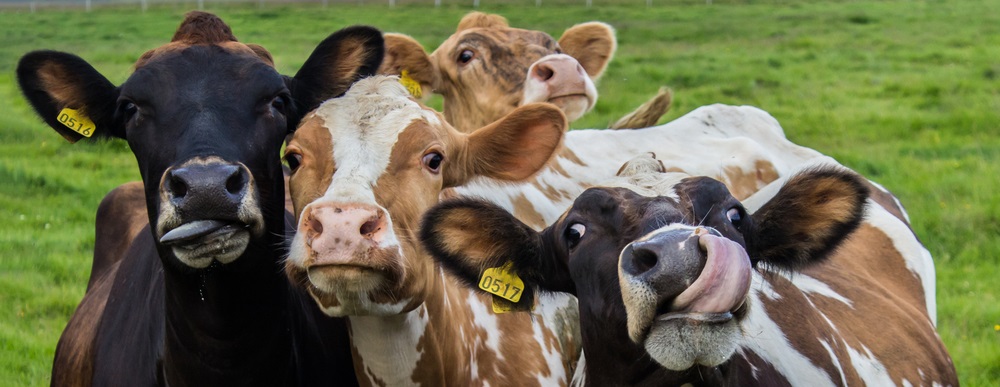
Keep an eye on your cow’s body condition – obesity and undernourishment are both troublesome. If your cow starts acting a bit off, don’t play the guessing game; consult your vet promptly. Remember, a proactive approach to health issues ensures your cows live long and moo-tiful lives.
Remember, a good relationship with your vet, a solid husbandry routine, and a watchful eye for preventive care are your best allies. So, gear up, future cow enthusiasts, and embark on this udderly fantastic adventure! Your cows will thank you with hearty moos and a lifetime of companionship. Happy herding!
Until next week,
~Whinny
P.S. Have you subscribed to my blog yet? If you’ll scroll down to the big purple box and put your email address in it, I’ll email you my blog every week. That way you get it a day or two before it shows up on Facebook, and you don’t have to rely on Facebook to show it to you (and we all know how reliable they are!) So, be a good human, scroll down a bit more. There you go… purple box. Good human!
 Whinny’s Wisdoms is the official blog of Whinny the Clinic Mouse at Springhill Equine Veterinary Clinic in Newberry, Florida. If you liked this blog, please subscribe below, and share it with your friends on social media! For more information, please call us at (352) 472-1620, visit our website at SpringhillEquine.com, or follow us on Facebook!
Whinny’s Wisdoms is the official blog of Whinny the Clinic Mouse at Springhill Equine Veterinary Clinic in Newberry, Florida. If you liked this blog, please subscribe below, and share it with your friends on social media! For more information, please call us at (352) 472-1620, visit our website at SpringhillEquine.com, or follow us on Facebook!
[jetpack_subscription_form title="Subscribe to Whinny's Wisdoms"]
